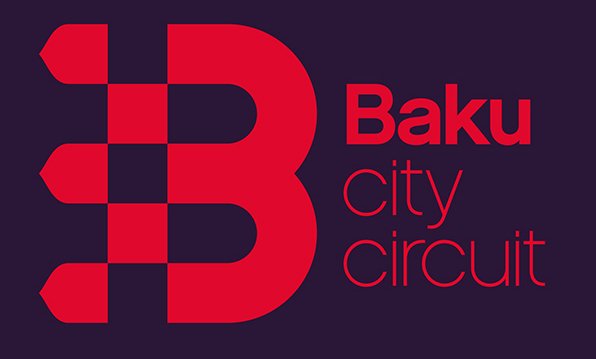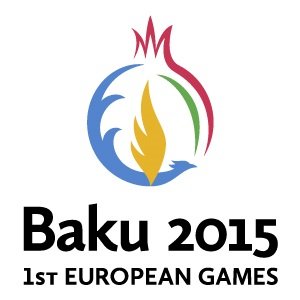-
Address:Nizami, Nakhchivan, AZ7005
The historical-architectural monument in the city of Nakhchivan. A grandiose monument of the Azerbaijan national architecture. One of the pearls of the Eastern architecture. It was built in the West of Nakhchivan in 1186 (architect of the monument is Ajami Abubakr oglu Nakhchivani). Shamsaddin Eldaniz, the founder of the Azerbaijan Atabaylar state gave a decision to erect a tomb on the grave of his wife Momuna khatin and its construction was finished by Mahammad Jahan Pahlavan, the son of the ruler, in 582 by Hijri, in the Maharram month (April, 1186). People remember it as the “Atabay dome”. In the headarch of the monument these words were written in Cufic: “We pass away but only the wind is left behind us. We die but only a work is left as a present”. The total height of it was 34 m, but later the cover of 8 m was destroyed. The tomb consists of underground (vault) and aboveground parts. The vault part is decagonal in plan. According to some investigators Shamsaddin Eldaniz, the ruler of the Atabaylar state, his wife Momuna khatin and his son Mahammad Jahan Pahlavan were buried in the tomb. Before the headstones of the buried people in the vault were robbed and taken away. Very masterly restoration works were carried out with the precious stone in the vault (2003). The vault is of the original structure and possesses a rich design work. The column situated in the center joins with each corner of the decagonal in the arched form. This style of the vault then was used in the West, in the Gothic architecture. The aboveground part of the tomb is decagonal from the outerior (it was bordered with the Cufic inscriptions on either side), but its interior is roundform. There are four round medallions in which the names of the Caliphs were written inside the dome. The corners of the Momuna khatin tomb built of baked bricks are of the projection form but the surfaces were completed in a hollow form. The projections in the corners of the tomb were covered with the inscriptions written in the Cufic lettering. The length of those inscriptions reach 500 m. The surface structure of the tomb was enriched with the turguoise glazes of the ornaments of the geometric compositon. According to its completion the Western part of the tomb is differed. Here the surface was divided into two parts, in the lower part the entrance door was completed in the headarch form but in the above part the ornamental designs were given.
The inscriptions showing the name of the scluptor and the date of its construction were engraved in the above of the headarch. The inside surface of simple structure of the tomb was plastered with gyps and a design of 4 medalions were arranged inside the dome. According to its composition, perfectness, neaty works of the parts and architectural solution, the tomb is considered one of the masterpieces of the Middle Ages handicraft.
M.V.Alpatov, the great art historian, a full member of the USSR Academy of Art writes about the tomb: “The Momuna khatin tomb created by the XII century Azerbaijan masters in Nakhchivan is the monument of a rare beauty and neatness. The Momuna khatin tomb is eternal as the most beautiful classic works of the East- “Shahnama” of Firdovsi, “Leyli and Majnun” of Nizami”.
According to Alpatov it was impossible to come across such a splendid monument in the Middle Europe architecture of that time. The monument reflects the ancient history of Azerbaijan, great stateship, a very high level culture, its great architectural schooling, side by side of its grandiose architectural richness. It is clearly seen from the photos and paintings of the 19th century that there were monumental buildings of which, a Jame mosque.



.png?v=DqKtbngFu8-eBM77oNP77E2SV2gNF4_tUk0Y9IcK12s)

















